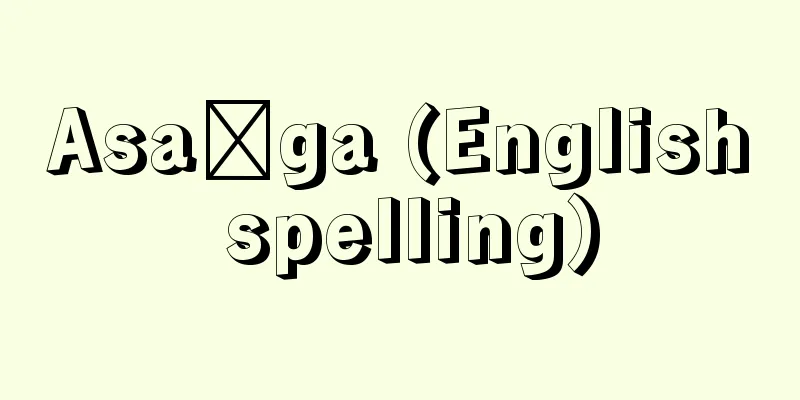Class organization - pupil classification

|
The division and organization of children and students in a school into classes according to certain standards. In the current school system, it is common to divide students into one or more classes based on their grade according to their chronological age. This is called a single-grade organization, and in special cases, a multiple-grade organization is used in which classes are organized with students from several grades. The criteria for class organization include economic conditions (number of teachers, number of classrooms, etc.) and educational effects (class size, homogeneity of members, etc.). Class size follows the legally set capacity, but educational consideration is required for the homogeneity of members, such as whether to gather homogeneous members based on gender, ability, aspirations, etc., or to organize with unequal members. Special needs classes refer to partial homogeneous organization. In the current system, standards for class organization are set out in the School Education Act, the Enforcement Regulations of the School Education Act, the Standards for Establishing Elementary Schools, the Standards for Establishing Junior High Schools, and the Standards for Establishing Senior High Schools. According to the standards for establishing each school, the number of children or students in a class in elementary, junior high, and high schools is set at 40 or less. Source: Encyclopaedia Britannica Concise Encyclopedia About Encyclopaedia Britannica Concise Encyclopedia Information |
|
一学校の児童,生徒を一定の基準に従って学級に分割組織すること。現在の学校制度においては,暦年齢に応じた学年をもととし,学年ごとに単数または複数の学級に分ける方式が普通である。これを単式編制といい,特別の場合には数個学年の児童,生徒で学級が編制される複式編制もある。学級編制の基準には,経済的条件 (教員数,教室数など) と教育的効果 (学級の大きさ,成員の均質性など) があげられる。学級の大きさは法的に定められた定員に従うが,成員の均質性については,性別,能力別,志望別などの基準で等質な成員を集めるか,不等質な成員で編制するか,教育的な配慮が望まれる。特別支援学級は部分的な等質編制を意味する。現行制度では,学級編制については学校教育法,学校教育法施行規則,小学校設置基準,中学校設置基準,高等学校設置基準等で基準が定められている。各学校設置基準によると,小学校,中学校,高等学校の1学級の児童,生徒数は 40人以下とされている。
出典 ブリタニカ国際大百科事典 小項目事典ブリタニカ国際大百科事典 小項目事典について 情報 |
>>: Gakkyu Bunko (English) classroom library
Recommend
Leopold II
1835‐1909 The second King of Belgium. Reigned 1865...
Venda (English spelling)
A designated area of South Africa that existed a...
Truman Capote
American novelist and playwright. Born in New Orl...
Onguru [island] - Onguru
…At this time, the British Antarctic Transcontine...
Belfast - Belfast (English spelling)
The capital of Northern Ireland, UK. A port and i...
Primulaceae
...The Victorian politician Disraeli loved this f...
Diffusion transfer method
This is one of the instant photography methods, a...
Radio drama - rajiodorama
A drama program broadcast on the radio. Also call...
Franco de Colonia (English spelling) FrancodeColonia
…The longa is divided into three blevis as a rule...
Kamezu
The former area of Tokunoshima Town in southern ...
Pierre de Fermat
French mathematician and politician. Born in Beau...
Electroslag welding - Electroslag welding
A welding method in which a high temperature is ge...
Biron, EI (English spelling) BironEI
…When she ascended to the throne, she accepted th...
Assassin
An adventure spy novel (1980) by American author R...
conductus
…The texts were originally in Latin and had relig...









